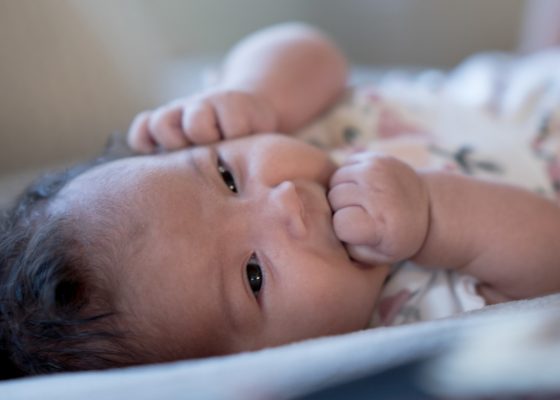Up to 60 junior doctors will be supported to work across public and private settings using the increasingly popular employment model.
The single-employer model for GP and rural generalist training keeps gaining traction, with an expanded trial to go ahead in South Australia over the next four years.
Under a single-employer model, doctors work across both hospital and community health settings but remain employed by the state health department.
It’s most commonly used in rural settings to support GP registrars who have a special interest in emergency medicine, anaesthesia, obstetrics or another hospital-based specialty area.
While single-employer models were popularised following a recent trial in the Murrumbidgee district of NSW, fellowed GPs in central Queensland have worked under a similar model for some years.
One of its main drawcards for use in GP training is that it solves the portability of entitlements issue that currently has the peak bodies tied up in knots trying to solve.
Registrars technically keep the same employer throughout their clinic rotations, meaning their holiday, parental and sick leave entitlements continue to accrue throughout training rather than resetting at each new placement.
The other benefit is a guaranteed salary, which avoids the substantial payment gap between hospital-based intern years and the first few years of general practice training.
In order to work, single employer models typically have to be granted an exemption under subsection 19(2) of the Health Insurance Act 1973, which allows doctors to draw an additional fee while billing Medicare.
GP practices then keep a proportion of the registrar’s billings, while the state health service takes the rest.
Tasmania launched a trial of a single employer model last year; this year, only two RACGP training spaces on the island were left vacant.
While ACRRM doesn’t do a state-by-state breakdown, it overfilled both its AGPT and RGTS training place allotments across the country, meaning there were no vacant places in Tasmania.
The South Australian trial will run until 2028 and support 60 registrars at any one time.
Five local health networks have been chosen to host the trial: Barossa Hills and Fleurieu, Eyre and Far North, Flinders and Upper North, Yorke and Northern, and Limestone Coast.
Despite the fact that it is state-based, funding for the single employer trial is coming from the federal piggy bank.
SA Premier Peter Malinauskas welcomed the trial and thanked the federal government for its investment.
The single employer trial will function alongside the Riverland Academy of Clinical Excellence program, which also runs a single-employer model in the state.
It the two years it has been running, the medical workforce in the region increased by more than 25%.
“The fee-for-service model works for some trainees, the single-employer model works better for others, and some prefer a mix of the two,” Riverland academy trainee Dr Jerida Keane said.
“Flexibility and options are key to maximum retention.”
This story was originally published by The Medical Republic. Read the original here.



